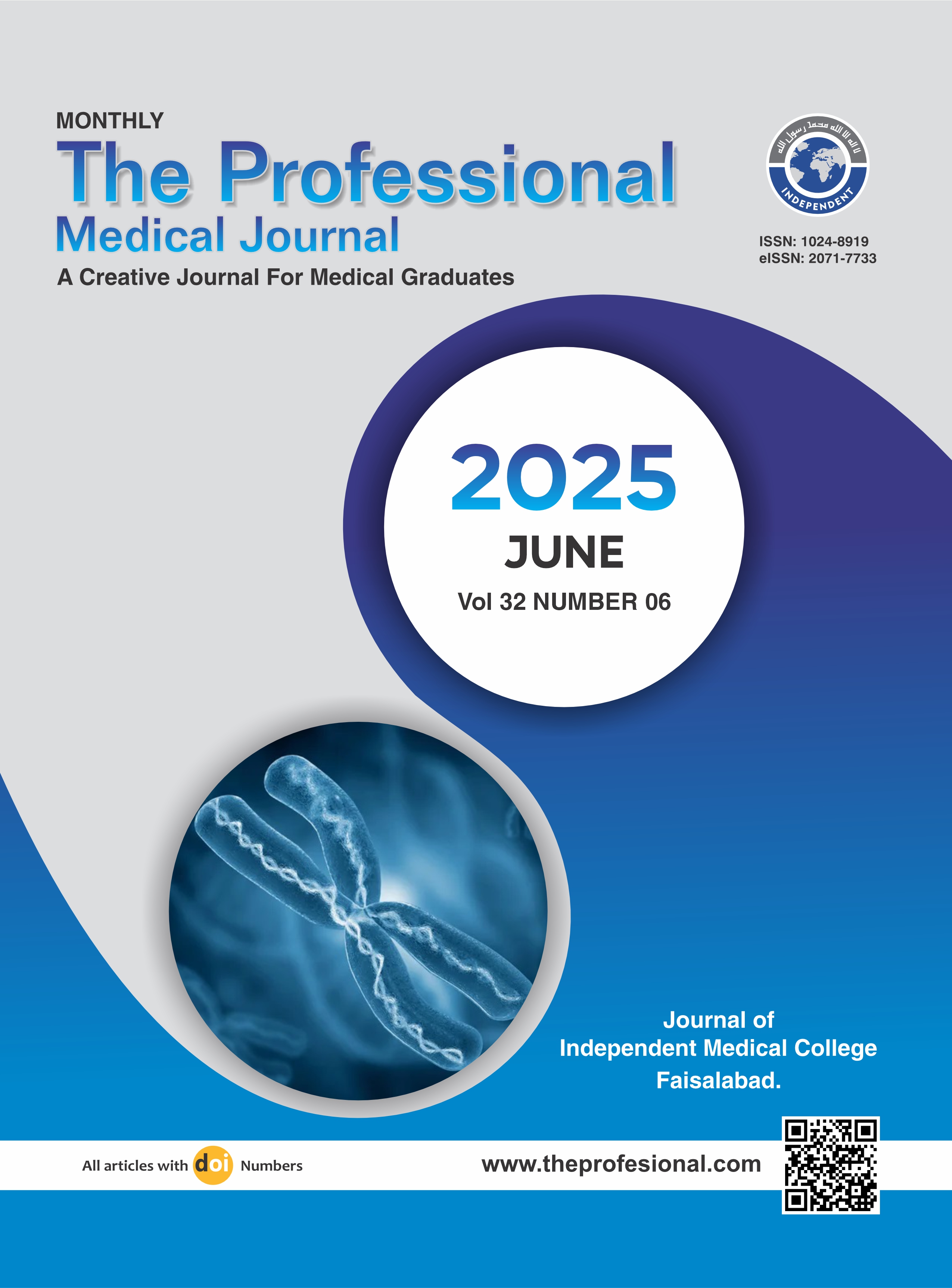Surgical site infection in patients undergoing internal fixation for long bone fractures.
DOI:
https://doi.org/10.29309/TPMJ/2025.32.06.8859Keywords:
Aseptic Techniques, Biofilm, Internal Fixation, Long Bone Fractures, Orthopedic Implants, Surgical Site InfectionAbstract
Objective: To determine the frequency of surgical site infections in patients undergoing internal fixation for long bone fractures and to identify associated risk factors. Study Design: Descriptive Case Series. Setting: Ghurki Trust Teaching Hospital, Lahore. Period: May 1, 2024, to October 30, 2024. Methods: A total of 78 patients meeting inclusion criteria were evaluated. Preoperative prophylaxis with cefazolin and strict aseptic measures were implemented. Patients were followed up at 2 and 4 weeks postoperatively for signs of infection. Data on demographics, implant type, and clinical outcomes were collected and analyzed using SPSS version 22. Results: Out of 78 patients, 11 (14.1%) developed SSIs. Females had a higher infection rate (19.4%) compared to males (9.5%), but the difference was not statistically significant (p=0.209). Patients with higher BMI showed a significantly increased risk (p=0.016). Tibia fractures (9.5%) and trimalleolar ankle fractures (50%) had the highest infection rates. Plate and screw implants were associated with higher SSI rates (18.2% and 71.4%, respectively; p<0.001). Conclusion: The frequency of SSI following internal fixation for long bone fractures was 14.1%, with higher rates observed in females, patients with elevated BMI, and those treated with plates and screws. Strict aseptic measures, preoperative prophylaxis, and implant selection play crucial roles in reducing infection rates. Further studies are recommended to develop local preventive guidelines.
Downloads
Published
Issue
Section
License
Copyright (c) 2025 The Professional Medical Journal

This work is licensed under a Creative Commons Attribution-NonCommercial 4.0 International License.


